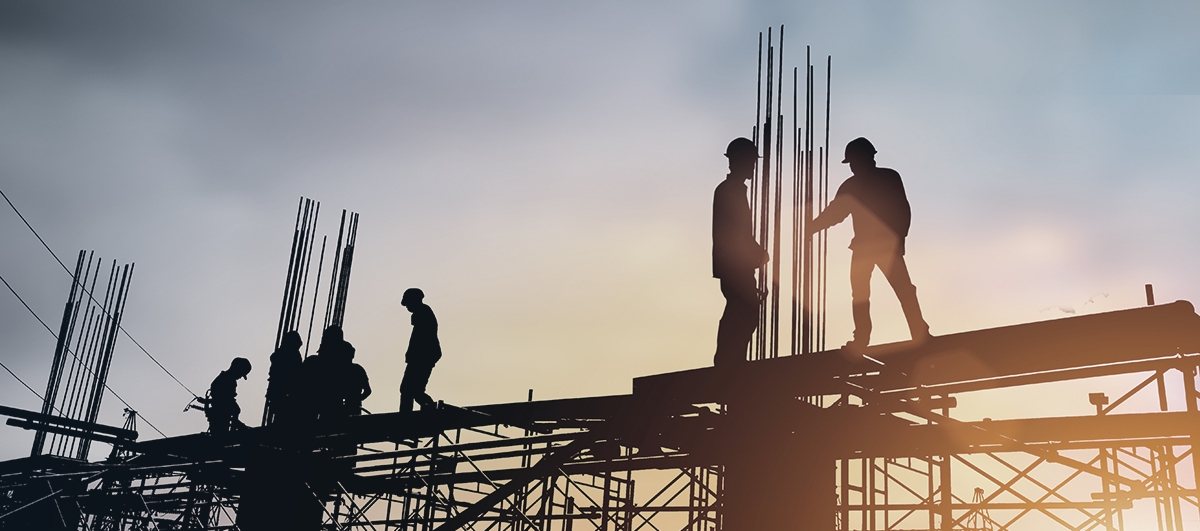Construction Site Accident Attorneys in Philadelphia, PA
Victims of construction accidents need to know their rights in case of a severe injury. A Philadelphia construction Accident attorney can offer more than just sound legal advice, they can help you try to fight for the compensation you deserve. If you were the victim of a construction accident, call the Philadelphia personal injury firm at Anapol Weiss today.
Construction is notorious for being one of the most dangerous industries to work. Although technology has improved construction equipment and safety gear and regulations are in place that are meant to protect the safety and well-being of construction workers, the field is still inherently dangerous.
Contact a Philadelphia Construction Accident Lawyer at Anapol Weiss
Worker’s compensation may provide injured construction workers with a measure of relief after an on-the-job injury, but these benefits rarely cover the total cost of a serious injury. If an employer was negligent in any way, that employer may be held liable in a personal injury lawsuit. Additionally, if an employer interferes with an injured employee’s attempt to claim worker’s compensation benefits, that employer is acting illegally. If this has happened to you in the Philadelphia area, contact Anapol Weiss for a consultation.
Construction Accidents Practice Areas
Worker’s Compensation and Construction Injuries in Philadelphia
Most employers carry some form of worker’s compensation insurance coverage. State laws dictate which employers must carry worker’s compensation insurance, and Pennsylvania state law requires nearly every Pennsylvania employer to cover every employee, including part-time and seasonal employees.
When an employee is injured during the course of his or her work, he or she may be eligible to collect worker’s compensation benefits for economic relief after the accident. Basically, worker’s compensation pays for the immediate medical costs of an injury and usually covers wages lost from time spent out of work. If you are injured at work, report the incident to your supervisor as soon as possible and start the claims process. If an employer tries to dissuade you from applying for worker’s compensation benefits, consult with an attorney as soon as you can.

The Fatal Four
When it comes to workplace safety, the oversight agency responsible for fielding reports of unsafe work environments, conducting research into workplace hazards, and collating statistics for workplace accidents in the United States is the Occupational Safety and Health Administration or OSHA. OSHA employs over 2,000 inspectors responsible for ensuring workplace safety throughout the United States.
The most recent research on worker fatalities conducted by OSHA uncovered the four most common causes of workplace death in the construction industry for 2016. That year, construction accounted for one in five of all U.S. worker deaths. The Fatal Four includes:
- Falls, accounting for roughly 40% of all construction worker on-the-job fatalities for 2016
- Electrocutions, responsible for about 8% of all construction workplace deaths
- Struck-by-object incidents, which accounted for another 9%
- Caught-in/between incidents, which were responsible for about 7.3% of all construction industry workplace death in 2016
- 5, 190 workers were killed on the job in 2016.
Since construction carries the highest mortality rate of any industry, the number of workplace injuries is similarly high. Construction accidents that are not fatal still often result in serious injuries, long-term disabilities, and extensive financial expense for all parties involved.
Construction Accidents and Employer Responsibilities
Every employer has a legal obligation to ensure that worksites are free from foreseeable hazards. Employees have the right to come to work without an undue or unnecessary risk of harm. Due to the nature of the work being done, some industries are inherently more dangerous than others. Construction is the prime example of this.
Employees naturally assume a measure of risk when choosing to take on some forms of construction work. However, employers must ensure that all safety precautions are taken to provide workers with the safest working experience possible. Failing this, employers can be held responsible for their employees’ injuries from an accident.
If an employer is made aware of a safety issue but does not take adequate measures to rectify it, or does not take action in a reasonable time, that employer could be considered liable for any injuries resulting from the issue. Additionally, OSHA enforces strict codes of conduct and safety regulations for various types of construction. If an employer fails to stay in compliance, or negligently allows an injury to occur, the injured party may be able to sue the employer for damages. In other cases, accidents are not reasonably foreseeable, which is why worker’s compensation exists.
Most Commonly Cited OSHA Violations in 2017
The following is a list of the ten most common construction site violations in 2017. According to the report, many construction sites were not up to the safety standards within the fiscal year (October 1, 2016-September 30, 2017).
- Fall protection, construction
- Hazard communication standard
- Scaffolding, general requirements, construction
- Respiratory protection
- Control of hazardous energy (lockout/tagout)
- Ladders, construction
- Powered industrial trucks
- Machinery and Machine Guarding
- Fall Protection–Training Requirements
- Electrical, wiring methods, components and equipment
